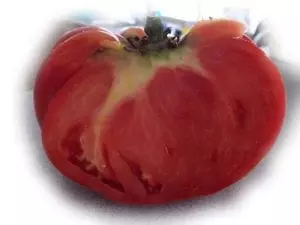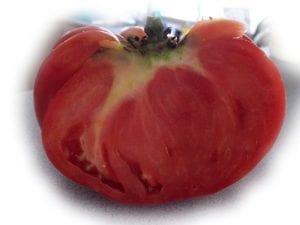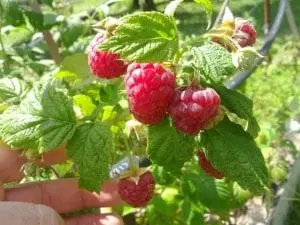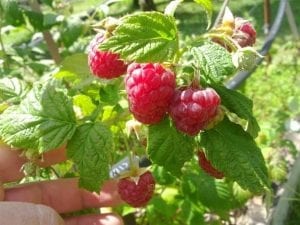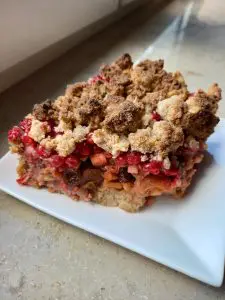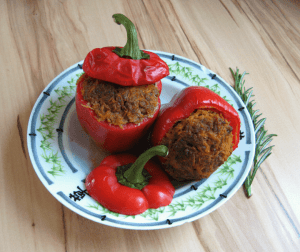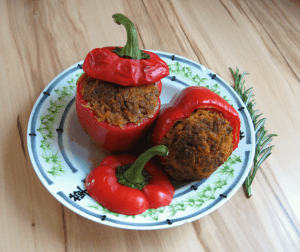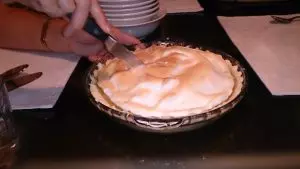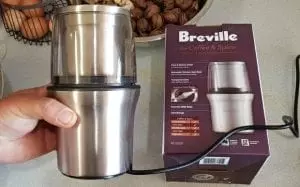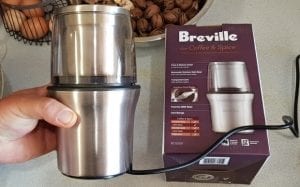Growing a plant from a cutting is one of the most important skills a gardener can learn. Whether your focus is food gardening or ornamentals, propagation via cuttings is one of the main ways we can reduce the cost of gardening and get more plants.
Because seriously, what kind of gardener doesn’t want more plants?!
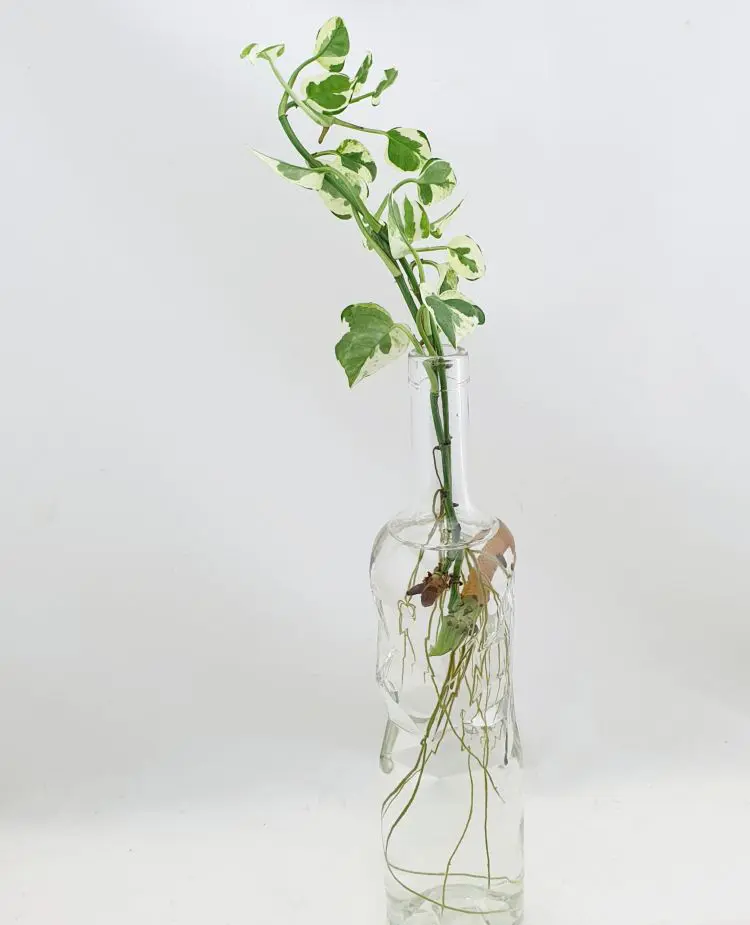
The first step in learning to propagate via cuttings is learning how to actually take a cutting. It is important to know where to cut, how to cut, what implement to use, and how to care for the cutting afterwards.
What is a Cutting?
A cutting, as the name suggests, is simply a piece cut off the plant you want to propagate. The plant you want to propagate is called the parent plant. The cutting needs to contain at least one stem cell of the parent so that it can grow exactly the same: this means it will have the same genes.
In order for your propagated plant to be strong & healthy, you need to make sure you choose a strong and healthy parent plant to cut from. Any deficiencies in the parent plant will be passed on through the cutting. For example, if the parent has yellow leaves due to a lack of nitrogen, its cutting won’t have the energy to thrive. Similarly, if the parent is leggy from not getting enough light, then the cutting will struggle to develop a strong stem. Remember that a cutting needs to use up a lot of its nutrients to grow its roots, so it needs a healthy start.

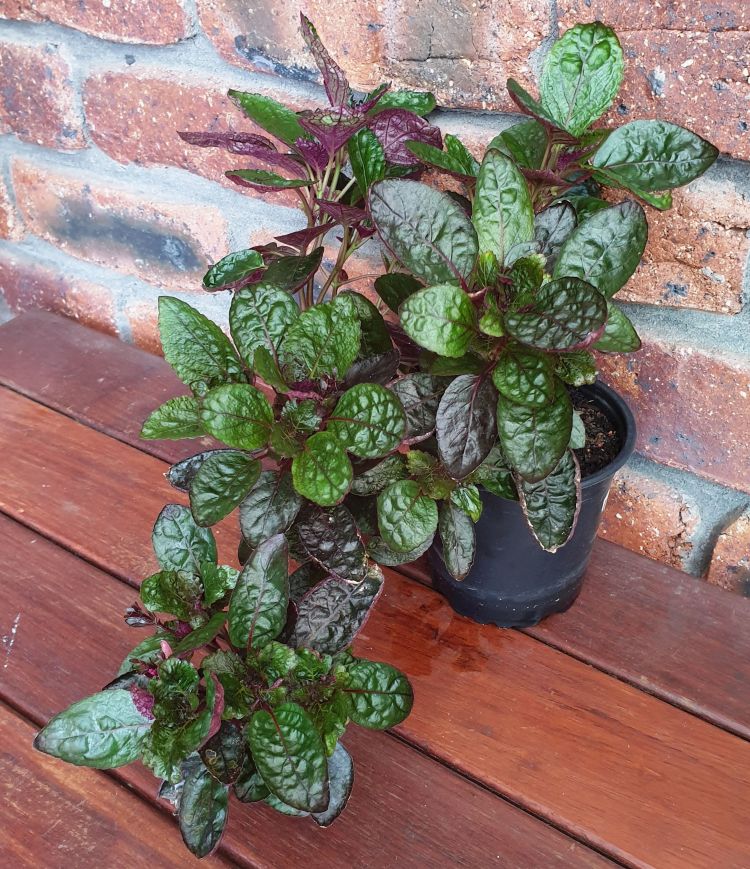
Why Grow From Cuttings?
The main reason that us home gardeners love growing from cuttings is simple: quick & easy free plants!
Garden enthusiasts have probably been giving and swapping plants for centuries. Sometimes plants are unavailable, out of financial reach or offered through friendship & kindness. Many plants, such as sage and lemon balm are just plain difficult to grow from seed. And then there’s the speed factor: some plants grow so slowly that it’s faster to get decent sized plants via cuttings than seed.
Propagating by cuttings ensures that the new plants are genetically identical to the parent plant. For nursery professionals who take cuttings for grafting & the sale of plants, this is particularly important. This is because some seed-grown fruit trees & selected ornamentals such as frangipanis can fail to thrive, fail to fruit, fruit poorly or fail to produce the expected flower colour.
Which Plants Will Grow from Cuttings?
Even experienced gardeners have some failures when propagating cuttings. Don’t be disheartened if some of your cuttings fail to strike- this is normal. As with most things gardening, a number of factors will influence your success or failure, and the biggest one is plant choice.
A huge range of ornamentals are easily propagated from stem cuttings. Plants like geraniums, succulents, pothos, fuschias, hibiscus, frangipanis, spider plants, coleus, iresine, zanzibar, crotons and hoyas are just a few whose cuttings strike easily.

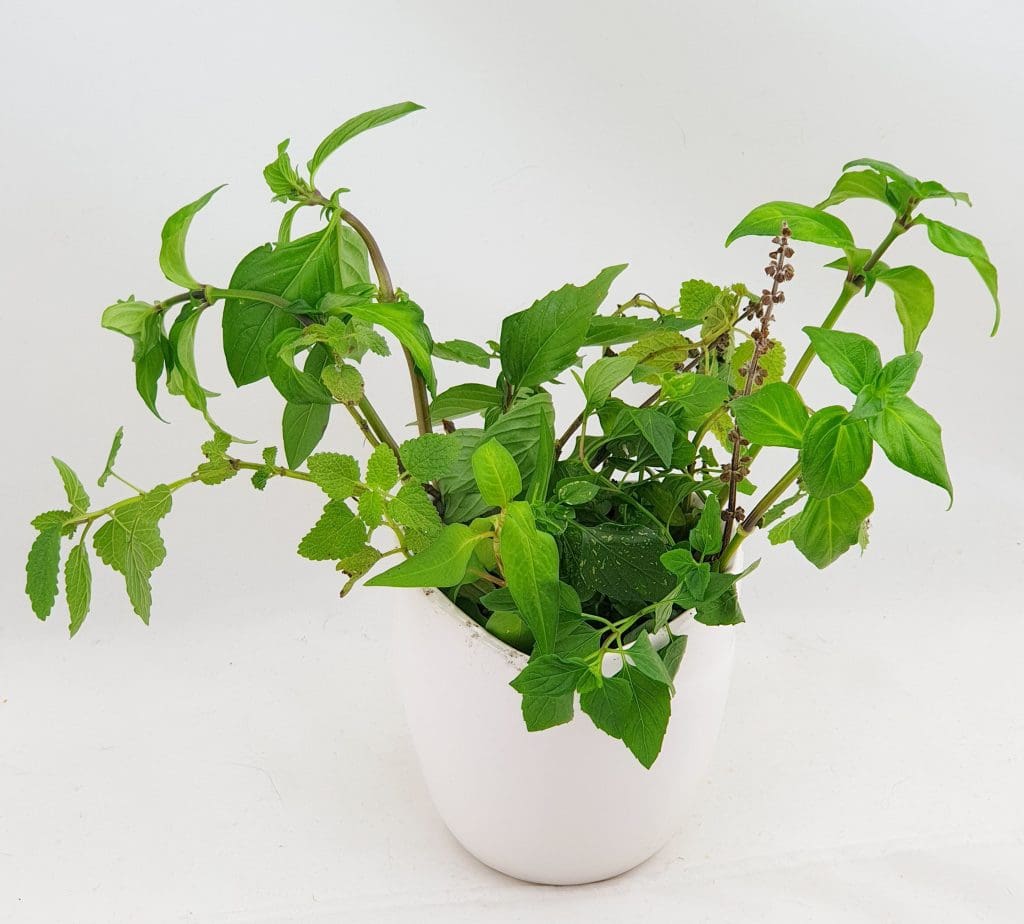
Stem cuttings are ideal for propagating a variety of herbs & perennials, too. You can grow sage, rosemary, basil, mint, oregano, lavender, thyme, marjoram, tarragon, lemon balm & lemon verbena from cuttings. Note that cuttings from perennials and woody plants such as shrubs are often harder to root, and they may take longer to reach maturity.
Make sure you cut from a healthy plant with lots of new growth and one that is big enough to withstand losing a few stems. Avoid cutting herbs that are actively flowering because you want the plant’s energy to be focused on forming roots, not flowers. If you do take cuttings from a flowering plant, be sure to pinch off any flowers first. Always take several cuttings if you can, to enhance your chance of success.
Is There a Right Time to Take a Cutting?
No matter climate you live in, most cuttings do best if taken during the spring to early summer while they are in a growth phase. Many plants are dormant during cool weather so some cuttings can fail to strike if taken in winter. Others will take in winter but be slower to establish; it’s highly dependent on the type of plant, your climate & growing conditions. Ultimately, it’s best to do some research on the specific plant you want to propagate, as the ideal temperature and conditions can vary a lot.

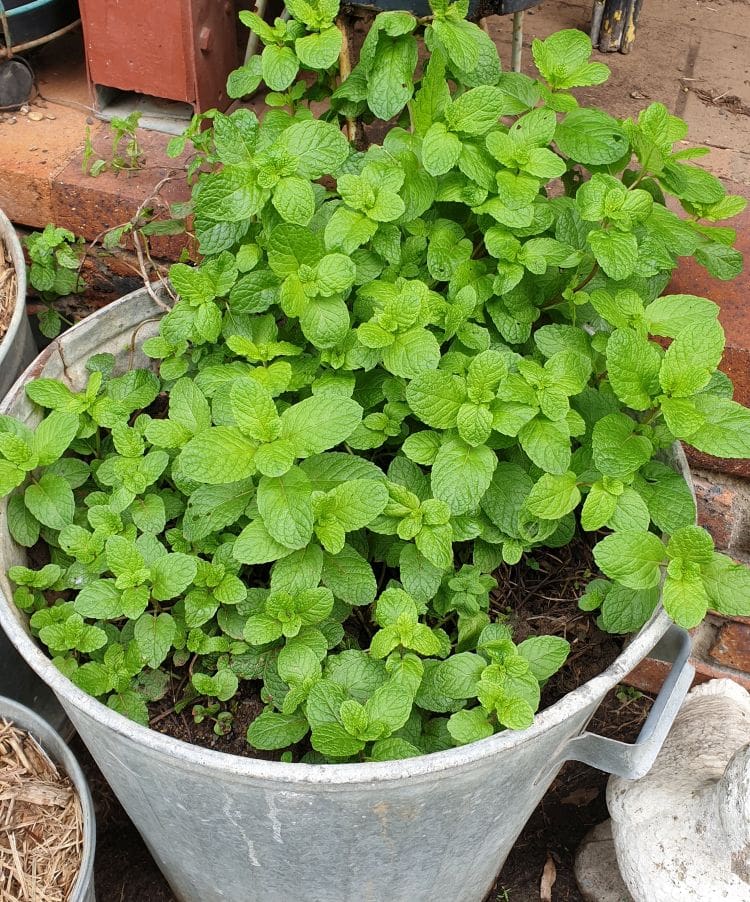
The best time of day to take cuttings is first thing in the morning. This is when the parent plant will still be turgid (i.e. full of water), & its cuttings will be at their strongest. Make sure to water the parent plant very well the day before taking a cutting, and choose one that has not been recently water stressed. It’s also ideal to reduce the amount of light the parent plant is exposed to by one third in the week before you take your cutting. This helps reduce shock after the cutting has been taken.
How to Make the Cut
When taking a cutting it is important to use a cutting tool with sharp, clean blades. Good quality secateurs or snips are what I use. Clean and disinfect the blades first- I wipe mine over with methylated spirits. This stops passing any infection into the soft tissue of your vulnerable new cuttings. Sharp blades make for a clean, crisp cut, and this is something you want when it comes to plants. Ripping off stems with your fingers or using the wrong tools can crush the soft tissue and prevent the cuttings from developing roots.

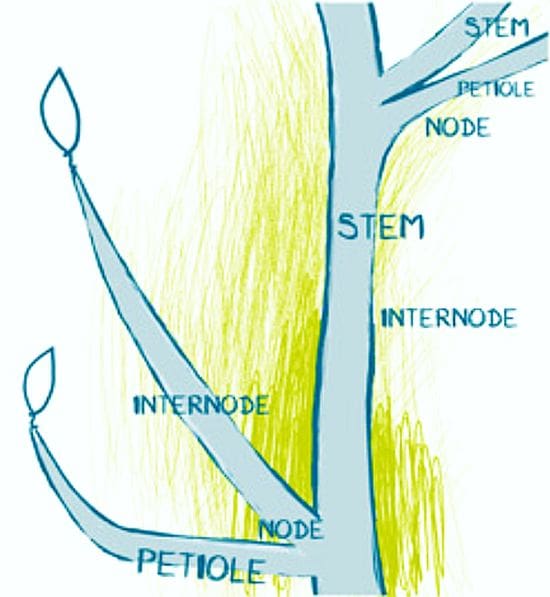
Some plants grow roots from the nodes and some grow roots from the internode (the internode is the space between nodes). If they root from the node, cut just above a node. If they root from the internode, it’s best to cut halfway along the internode. You may not know what you have at the time of cutting, so cut just above a node if in doubt.

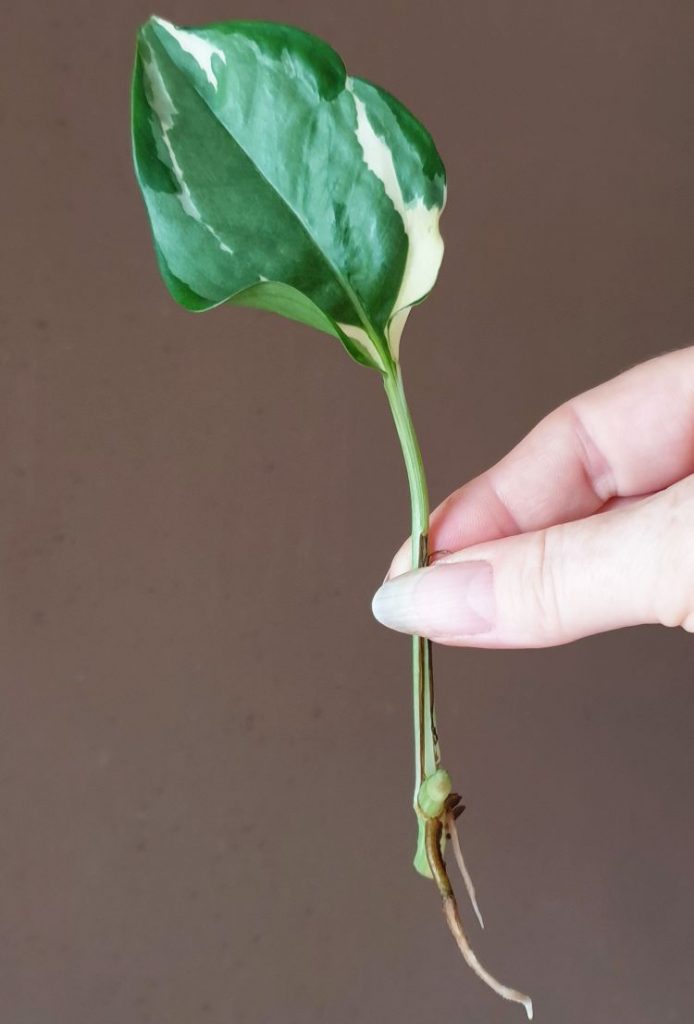
You can cut them stem straight or at an angle. An angled cut will allow more water absorption & root growth. On the other hand, a straight cut reduces the chance of infections and heals more quickly. Ultimately, straight vs. angled is a small decision that won’t ‘make or break’ your cuttings- it’s more important to have the cut clean & straight than at a particular angle.

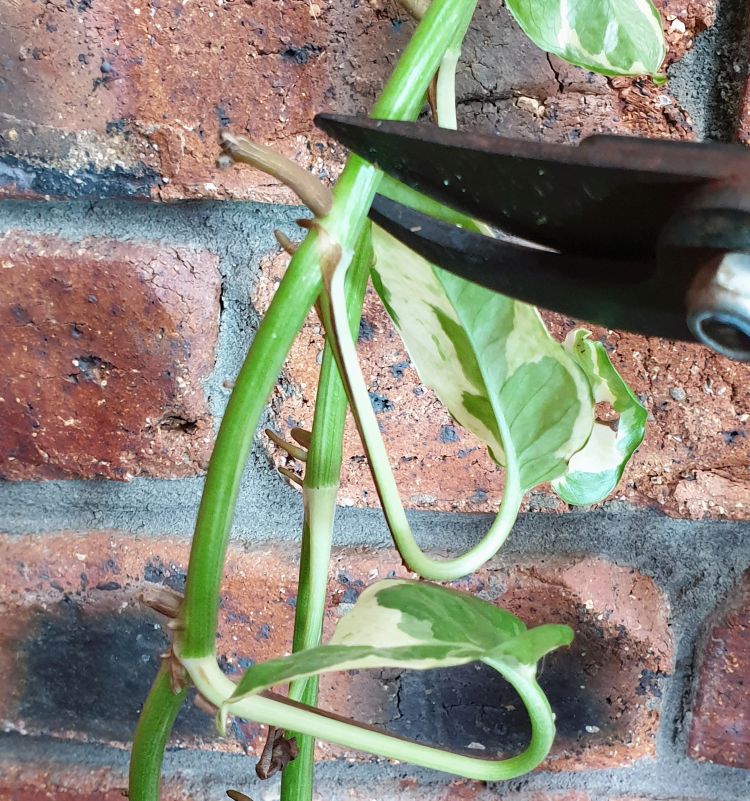
How Big Should a Cutting Be?
This will depend on the type of plant. Ideally you want to choose somewhere around the middle of a stem, where it’s not too hard and not too soft. There is a point on every plant stem where the nutrient ratio changes from low carbohydrates and high nitrogen to high carbohydrates and low nitrogen. The ideal place to take a cutting is at this point.
To find out where this point is, you can do the ‘bend test’. Just bend a stem right over and see what happens. If it bends, it’s high in nitrogen & low in carbohydrate. When the stem snaps in half or close to, it’s low in nitrogen & high in carbohydrates. If it partially breaks in one spot, it’s just right. This spot is the cutting point.
The length of your cuttings can vary according to the type of plant. Soft-stemmed plants like oregano and mint which give softwood cuttings can be around 4″ long, while shrubs which give semi-hardwood cuttings should be around 8″ long.
Getting roots to grow on your cutting is the next step- click here for the how-to. Happy gardening!

